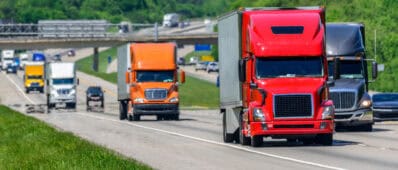Abstract
To understand how COVID-19 changed grocery shopping and explore implications for transportation and environmental justice, we surveyed in May 2021 California members of KnowledgePanel®, the largest and oldest U.S. probability-based panel. We asked how frequently Californians grocery shopped before and during the pandemic, and how they may grocery shop afterward in-store, online with home delivery (“e-grocery”), or online with store/curbside pick-up (“click-and-pick”). We found that most Californians continued to grocery shop in-person during the pandemic, although less frequently than before. Many relied more on e-grocery (+8.9 %) and click-and-pick (+13.3 %), although older generations remained attached to in-store shopping. African American households grocery shopped in-store less than Whites pre-pandemic; post-pandemic, they may compensate with more e-grocery and click-and-pick. While higher levels of environmental injustice (based on CalEnviroScreen) were associated with less in-store shopping, we found no association with e-grocery or click-and-pick. Our results have implications for travel, food logistics, and parking management.
